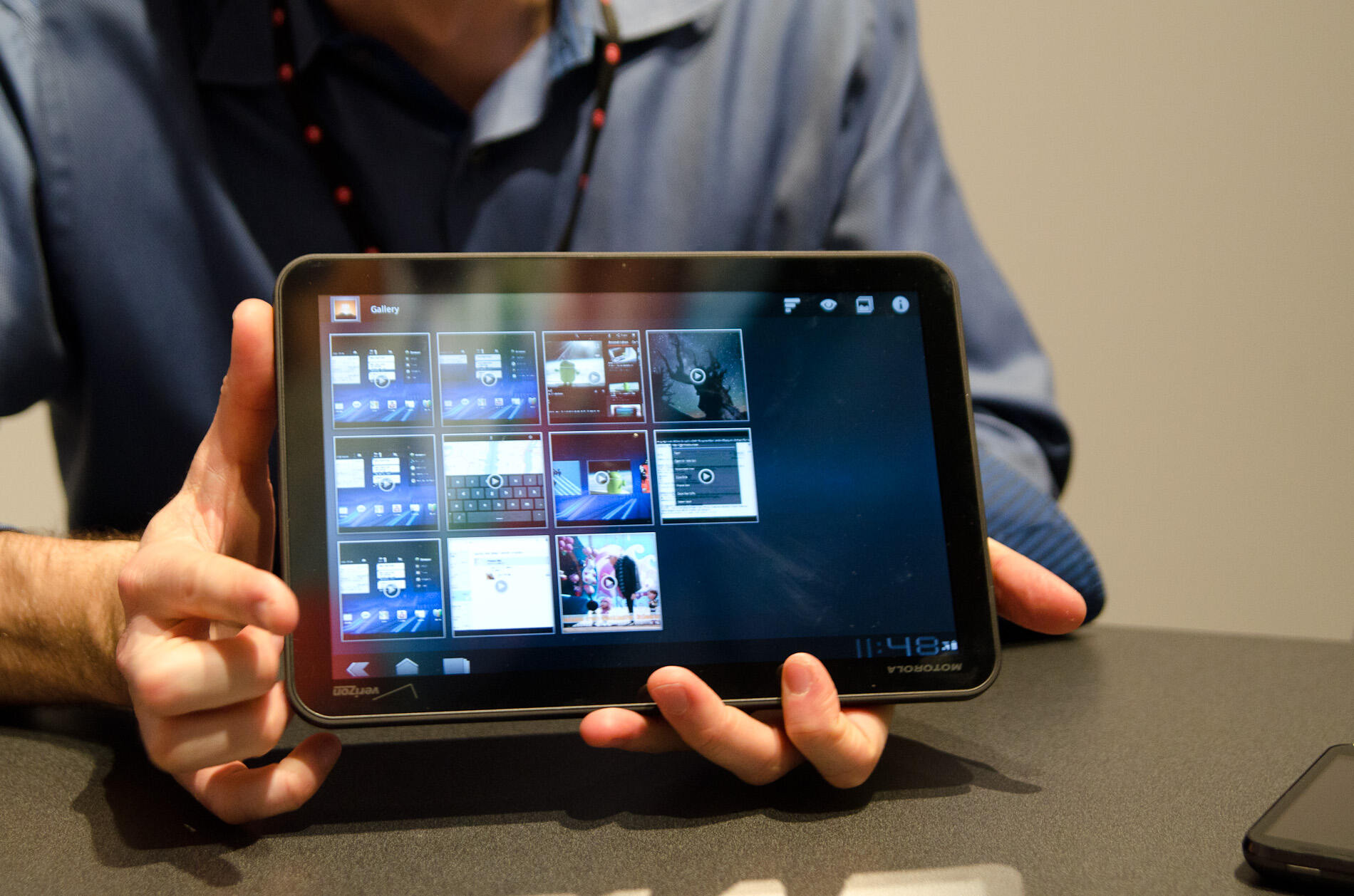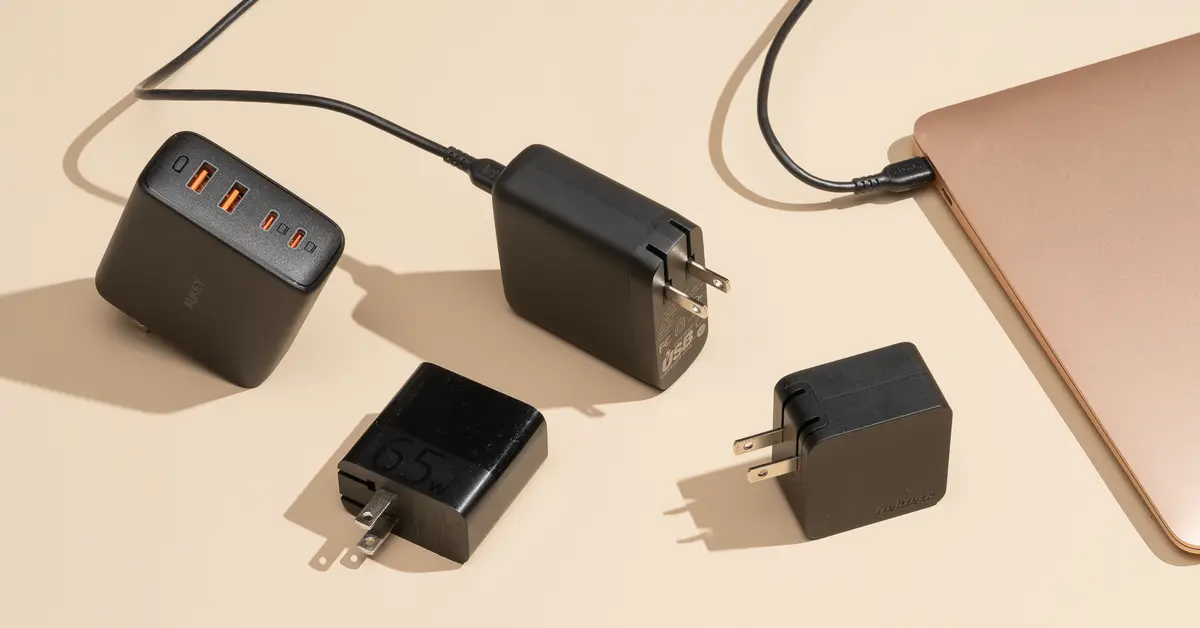Introduction
Welcome to our in-depth exploration of the Motorola Xoom tablet. Released several years ago, this device was a game-changer in the world of mobile technology. In this article, we will take a trip down memory lane to revisit the history of the Motorola Xoom, examine its features and specifications, delve into its release date, discuss its reception and reviews, and explore its lasting impact.
The Motorola Xoom represented a significant milestone in the tablet market. As one of the early contenders in the Android tablet space, it aimed to challenge Apple’s dominance with its cutting-edge features and innovative design. This sleek and powerful tablet captured the attention of tech enthusiasts and became a symbol of the evolving possibilities in mobile computing.
Throughout this article, we will delve into the rich history of the Motorola Xoom. By understanding its journey from conception to its impact on the market, we can gain a deeper appreciation for this groundbreaking device. So, let’s dive in and uncover the captivating story behind the Motorola Xoom tablet.
History of Motorola Xoom
The Motorola Xoom was introduced to the world in February 2011 at the Mobile World Congress. At the time, it was one of the most highly anticipated tablets running on the Android operating system. Motorola, known for its expertise in mobile communication technology, saw an opportunity to challenge Apple’s iPad with its own tablet offering.
The Xoom was also significant in that it was the first tablet to run on Android 3.0 Honeycomb, a version of the operating system specifically designed for tablets. This marked a new era in Android tablets, with improved user interfaces and enhanced multitasking capabilities.
One of the standout features of the Motorola Xoom was its hardware. It boasted a 1GHz dual-core processor, which provided impressive performance and responsiveness. The tablet also featured a generous 10.1-inch display with a resolution of 1280 x 800 pixels, delivering sharp and vibrant visuals.
Motorola also aimed to appeal to multimedia enthusiasts with the Xoom. The tablet came equipped with front and rear-facing cameras, allowing users to capture photos and videos on the go. It also supported HD video playback, making it an ideal device for watching movies and streaming content.
Additionally, the Xoom was equipped with Wi-Fi and optional 3G connectivity, allowing users to stay connected wherever they went. This combination of powerful hardware and extensive connectivity options made the Xoom a compelling choice for both personal and professional use.
Despite its impressive specifications, the Motorola Xoom faced tough competition from the iPad, which had already established a strong presence in the tablet market. However, the Xoom differentiated itself by offering expandable storage through a microSD card slot, a feature that was lacking in the iPad at the time.
Overall, the Motorola Xoom was a significant milestone in the history of Android tablets. It set the stage for future advancements in mobile computing and paved the way for the emergence of numerous Android tablet options from various manufacturers. Its innovative features and sleek design solidified its place in the annals of tablet history.
Features and Specifications
The Motorola Xoom was packed with impressive features and specifications that elevated it above the competition. With its cutting-edge hardware and sleek design, the Xoom aimed to provide users with a top-of-the-line tablet experience.
At the heart of the Xoom was a powerful dual-core 1GHz processor, ensuring smooth and responsive performance. This processing power, combined with 1GB of RAM, allowed users to multitask seamlessly, switching between apps and running demanding tasks with ease.
The tablet boasted a 10.1-inch display with a resolution of 1280 x 800 pixels. This high-resolution screen provided crisp and vibrant visuals, making it ideal for watching videos, browsing the web, and gaming.
For capturing memories on the go, the Motorola Xoom featured a 5-megapixel rear camera with autofocus and LED flash. It also had a 2-megapixel front-facing camera for video calls and selfies. The Xoom supported HD video recording, allowing users to capture moments in stunning detail.
In terms of connectivity options, the Xoom offered Wi-Fi connectivity as well as optional 3G compatibility. This meant users could stay connected to the internet even without a Wi-Fi network. It also featured Bluetooth and USB connectivity for seamless data transfer and peripheral device connectivity.
Another standout feature of the Motorola Xoom was its expandable storage. While the base model came with 32GB of internal storage, users had the option of expanding it further through a microSD card slot. This provided ample space for storing media files, documents, and apps, giving users the freedom to carry their digital content with them wherever they went.
In terms of software, the Xoom ran on Android 3.0 Honeycomb, which was specifically designed to optimize the tablet experience. The operating system featured a refreshed user interface with a focus on multitasking and improved widget support. It also introduced features like tabbed web browsing and a redesigned keyboard.
The Xoom also boasted impressive battery life, thanks to its 7000mAh battery. This allowed users to enjoy extended usage without worrying about constantly recharging the device.
Overall, the Motorola Xoom offered a comprehensive package of features and specifications. Its powerful hardware, high-resolution display, expandable storage, and connectivity options made it a versatile and capable tablet for both productivity and entertainment.
Release Date
The Motorola Xoom was released to the public on February 24, 2011. This highly anticipated tablet made its debut at the Mobile World Congress, where it garnered significant attention and generated excitement among tech enthusiasts and industry experts.
Initially, the Xoom was exclusively released in the United States through Verizon Wireless. It was the first tablet to be offered with 4G LTE connectivity, providing users with ultra-fast internet speeds for browsing, streaming, and downloading content.
The timing of the Xoom’s release was crucial, as it aimed to challenge the dominance of Apple’s iPad, which had already established itself as a leader in the tablet market. Motorola recognized the need to release a compelling tablet that could compete head-on with the iPad, and the Xoom was their response.
Following its initial release in the US, the Motorola Xoom gradually became available in other markets around the world. This global rollout allowed consumers from different regions to experience the power and innovation of the Xoom.
Motorola also introduced different variations of the Xoom during its lifecycle. In October 2011, they released the Motorola Xoom 2 and Xoom 2 Media Edition in the United States and Europe. These updated versions featured design enhancements, improved processing power, and came with Android 3.2 Honeycomb, with an upgrade option to Android 4.0 Ice Cream Sandwich.
While the Xoom faced stiff competition from the iPad and other Android tablets, its release marked a turning point in the tablet market. It introduced a viable alternative to the iPad and showcased the potential of Android-powered tablets.
Overall, the release of the Motorola Xoom in February 2011 marked an exciting chapter in the history of tablet computing. With its impressive features, expandable storage, and 4G LTE connectivity, the Xoom sought to establish itself as a formidable competitor in the tablet market.
Reception and Reviews
The Motorola Xoom garnered mixed reviews from critics and consumers alike. While it was praised for its powerful hardware and sleek design, there were also some areas of criticism that affected its overall reception in the market.
One of the key points of praise for the Xoom was its impressive hardware specifications. Critics lauded the tablet’s dual-core processor, high-resolution display, and expandable storage option. They appreciated its smooth performance, vibrant visuals, and the ability to store large amounts of data.
The Xoom’s 4G LTE connectivity was also well-received as it provided users with blistering fast internet speeds, offering a seamless browsing and streaming experience. Additionally, the tablet’s front and rear-facing cameras received positive feedback for their image quality and versatility.
However, one of the criticisms levied against the Xoom was its price. At its initial release, the Xoom was priced higher than the comparable iPad models, which hindered its potential to compete directly with Apple’s offerings. Additionally, some users found the overall user interface and experience to be less polished compared to the iPad.
Despite initial reservations, the Xoom gradually gained traction among Android enthusiasts who valued its expandable storage, powerful performance, and the flexibility offered by the Android operating system. It found a niche market of users who preferred the Xoom’s capabilities and customization options over its competitors.
In terms of software updates, the Xoom was among the first devices to receive an upgrade to Android 4.0 Ice Cream Sandwich, which further enhanced its usability and performance. This demonstrated Motorola’s commitment to providing ongoing software support for the Xoom.
Overall, the Motorola Xoom received a mixed reception in the tablet market. While it faced tough competition from the iPad, it found its audience among Android enthusiasts who appreciated the tablet’s powerful hardware and expandable storage. Its versatility and compatibility with the Android ecosystem endeared it to users who sought more customization options and freedom in their tablet experience.
Impact and Legacy
The Motorola Xoom left a lasting impact on the tablet market and paved the way for future advancements in Android tablets. While it may not have achieved the same level of commercial success as its main competitor, the iPad, the Xoom played a significant role in shaping the evolution of tablets.
One of the notable contributions of the Xoom was its role in popularizing the Android operating system on tablets. As one of the early devices running on Android 3.0 Honeycomb, the Xoom showcased the potential of the Android ecosystem for tablets. This paved the way for other manufacturers to develop Android tablets, leading to a wider range of options for consumers.
The Xoom’s hardware and specifications also set a new standard for tablet performance. Its dual-core processor, high-resolution display, and expandable storage were seen as benchmarks for future tablets. It pushed the boundaries of what tablets were capable of, inspiring other manufacturers to innovate and improve their offerings.
Despite its limited commercial success, the Xoom’s impact can be seen in subsequent Android tablets. Its influence can be felt in the design choices, software enhancements, and hardware advancements of later generations of Android tablets. Manufacturers learned from the Xoom’s strengths and weaknesses, leading to the development of more refined and feature-rich devices.
Furthermore, the Xoom encouraged competition in the tablet market by providing a viable alternative to the iPad. It showed that there was room for other platforms and ecosystems to thrive, leading to a more diverse and competitive tablet market. This increased competition ultimately benefitted consumers, as it led to more choices and improvements in tablet technology.
In terms of its legacy, the Motorola Xoom will be remembered as one of the pioneering Android tablets. It paved the way for future generations of Android-powered tablets and played a crucial role in the growth and maturation of the tablet market as a whole.
While newer and more advanced tablets have since surpassed the Xoom in terms of technology and features, its contribution as a trailblazer in the Android tablet space cannot be understated. The Xoom’s impact and influence continue to resonate, reminding us of the importance of pushing boundaries and driving innovation in the world of technology.
Conclusion
The Motorola Xoom occupies a significant place in the history of tablets. It was one of the early contenders in the Android tablet market, offering a powerful and versatile device that aimed to challenge Apple’s dominance in the industry.
Throughout its journey, the Xoom showcased impressive features and specifications. From its sleek design and high-resolution display to its expandable storage and 4G LTE connectivity, the Xoom sought to provide a top-of-the-line tablet experience to its users.
While it faced tough competition from the iPad, the Xoom made a lasting impact on the tablet market. It popularized the use of the Android operating system on tablets, paving the way for a wide range of Android tablet options from various manufacturers.
The Xoom’s legacy can be seen in the advancements made in the Android tablet space. It set new standards for tablet performance and pushed the boundaries of what tablets were capable of. Its influence can still be felt in later generations of Android tablets that have built upon its strengths and improved upon its weaknesses.
Furthermore, the Xoom played a crucial role in fostering competition in the tablet market, providing consumers with more choices and driving innovation in the industry. It showed that there was room for alternative platforms and ecosystems to thrive, ultimately benefiting consumers and driving advancements in tablet technology.
In conclusion, the Motorola Xoom may not have achieved the same level of commercial success as some of its competitors, but its impact and contribution in shaping the tablet market should not be overlooked. It will be remembered as a pioneer in the Android tablet space and a catalyst for the growth and evolution of tablets as a whole.

























